💪 Support independent web, support us:
There are great many things to do in Spain, and so are in Cordoba.
With its rich cultural heritage and stunning architectural marvels, Cordoba is a mesmerizing destination that beckons you to explore its hidden gems and unravel its secrets.
Without further ado listed below are some of the most fun things to do in Cordoba:
1. Mosque-Cathedral of Cordoba

The Mosque-Cathedral of Cordoba, also known as the Great Mosque of Cordoba, is a historic mosque and former Catholic cathedral located in the Andalusian city of Cordoba, Spain.
What to see or do: The mosque-cathedral is an architectural masterpiece, boasting unique elements from both Islamic and Christian traditions. Visitors can observe the stunning horseshoe arches, the ornate mihrab, and the impressive dome, among other features.
As the building has served both as a mosque and a cathedral throughout its history, it provides insights into the cultural and religious changes that shaped Spain’s history.
Don’t miss: The forest of columns in the hypostyle hall is undoubtedly the mosque-cathedral’s most impressive feature, consisting of a staggering 856 columns crafted from jasper, onyx, marble, and granite.
Another must-see attraction is the maqsura, a screen created in the tenth century for the ruler of Al-Andalus.
Insider travel tips: To avoid crowds, it’s best to arrive early or late in the day. Additionally, consider hiring a guide to gain a thorough understanding of the history and significance of the Mosque-Cathedral of Cordoba.
2. Alcazar de los Reyes Cristianos
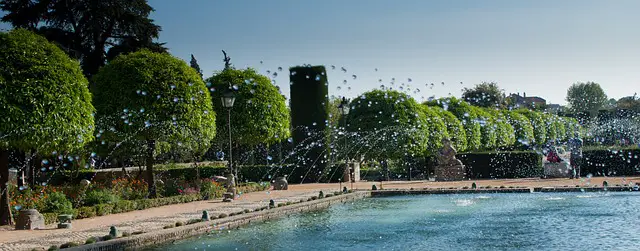
A historic fortress-palace in Cordoba, Spain, built by the Moorish rulers in the 8th century, later expanded by Christian monarchs.
What to see or do: Explore the stunning Moorish architecture and beautiful gardens, including the Courtyard of the Orange Trees, the gardens of the Paseo de los Reyes, and the ornamental ponds.
Visit the royal baths and underground galleries, which served as secret passages during the Inquisition.
Admire the Roman mosaics and medieval frescoes, and learn about the fascinating history of this UNESCO World Heritage Site through the exhibits and audio guide.
Don’t miss: The Tower of Tribute, a magnificent tower with breathtaking panoramic views of Cordoba. The Sala de los Mosaicos, a room decorated with stunning Roman mosaics.
The Hall of the Inquisition, where prisoners were once interrogated and tortured.
Insider travel tips: – Visit early in the morning or late in the day to avoid crowds and the hot sun.
3. Roman Bridge
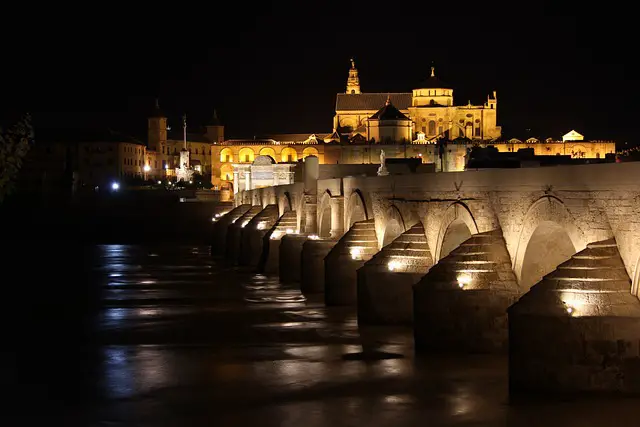
A well-preserved bridge dating back to ancient Roman times, located in the historic city of Cordoba in southern Spain.
What to see or do: Walk across the bridge and take in the stunning views of the Guadalquivir River and the city’s landmarks, such as the Mosque-Cathedral and the Alcazar Palace.
The bridge is particularly beautiful at sunset when it is lit up.
Don’t miss: The two impressive towers at the bridge’s entrance, known as the Calahorra Tower and the Puerta del Puente (Bridge Gate). Both towers have been renovated and now house a museum showcasing Cordoba’s history and cultural heritage.
Insider travel tips: If you’re interested in learning more about the bridge and its history, consider taking a guided tour or visiting the nearby Roman Bridge Interpretation Centre.
Also, be sure to wear comfortable shoes as the bridge can get quite crowded and there are many steps to navigate.
4. Calleja de las Flores
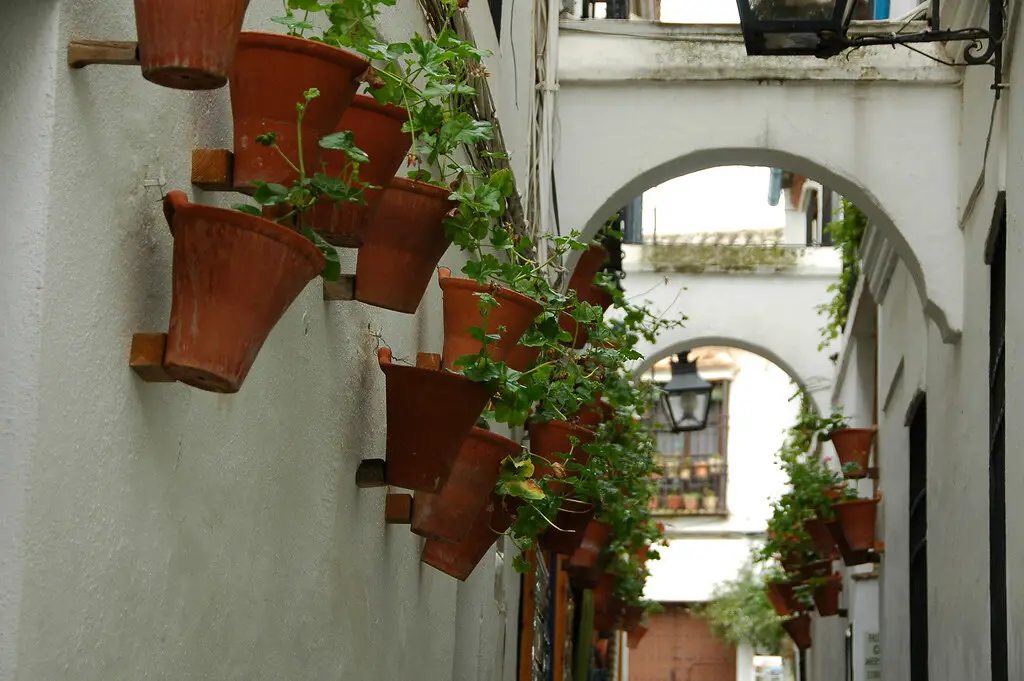
A narrow alleyway adorned with flowers that leads to a beautiful courtyard.
What to see or do: Take a stroll through the charming alleyway and admire the colorful flowers that hang from the walls. Once you reach the end, you’ll be greeted by a picturesque courtyard with a fountain and more flowers.
Don’t miss: The photo opportunity at the end of the alleyway with the courtyard in the background.
Insider travel tips: – Visit early in the morning to avoid crowds and get the best lighting for photos.
5. Synagogue of Cordoba

The Synagogue of Cordoba is a historic synagogue located in the Jewish Quarter of Cordoba, Spain. It is one of the few synagogues to survive from the medieval period in Spain.
What to see or do: Visitors can admire the beautiful architecture and decorations of the synagogue, which include horseshoe arches, geometric patterns, and Hebrew inscriptions. The building features a prayer hall, a courtyard, and a women’s gallery.
Don’t miss: The most striking features of the synagogue are the ornate stucco work and the Mudéjar-style coffered ceiling.
Visitors should also take note of the Torah ark, which is decorated with intricate carvings, and the mihrab, which points towards Jerusalem and is similar in style to those found in Islamic mosques.
Insider travel tips: – Admission to the Synagogue of Cordoba is free on Mondays.
6. Plaza del Potro

Plaza del Potro is a charming and historic square located in the heart of Cordoba, Spain.
What to see or do: The square is surrounded by attractive 17th-century buildings, including the Casa del Potro, one of the oldest in the city.
Visitors can take a stroll under the charming arcade, admire the beautiful walls adorned with tiles, or sit at one of the outdoor cafes to soak up the vibrant atmosphere.
Don’t miss: Don’t miss the statue of the famous Andalusian poet Luis de Gongora, after whom the square is named.
If you’re lucky, you might catch one of the diverse art exhibitions, cultural events, or concerts that are often held there.
Insider travel tips: For an unforgettable experience, visit the square in the early evening, when the sounds of flamenco music fill the air.
If you’re a history buff, take a guided tour of the Casa del Potro to learn more about the city’s rich cultural heritage.
Finally, be sure to try some of the delicious local specialties, such as salmorejo, a refreshing Andalusian soup.
7. Palacio de Viana
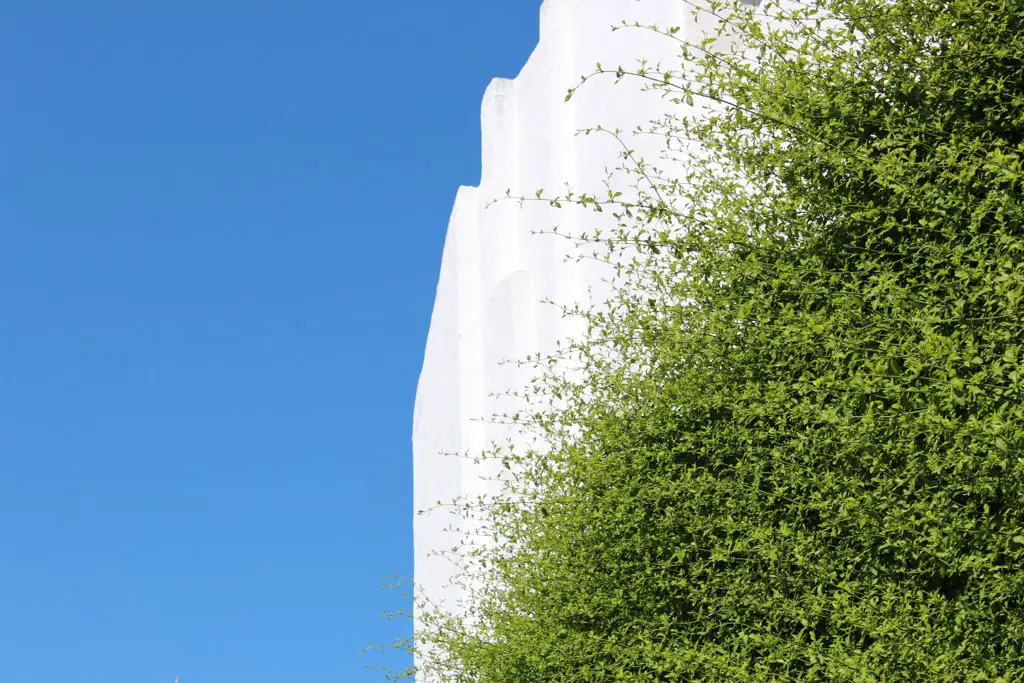
A historical palace in Cordoba, Spain.
What to see or do: Visitors can explore the multiple patios and gardens of the palace, including the popular Patio de los Gatos (Patio of Cats) with its intricate tilework and water features.
The palace also houses an impressive art and furniture collection.
Don’t miss: The hidden underground Roman mosaics that were discovered during the palace’s renovations.
Insider travel tips: Be sure to wear comfortable shoes as the palace has multiple levels and stairs. Also, consider arranging a guided tour to fully appreciate the history and significance of each patio and room.
8. Cristo de los Faroles
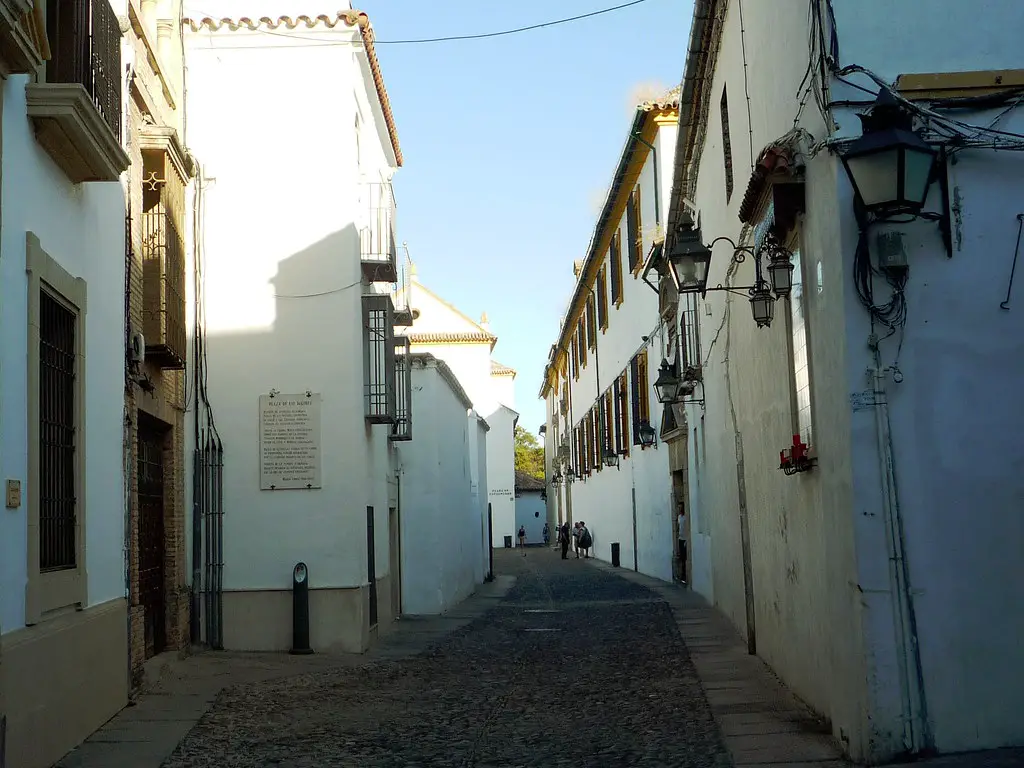
Cristo de los Faroles is a historic monument located in Cordoba, Spain. It is a statue of Jesus Christ surrounded by six lanterns that illuminate at night, giving it a mystical aura.
What to see or do: Visitors can admire the sculpture and the unique lighting experience during the day or night. The location affords stunning views of the city and surrounding landscape.
Don’t miss: The best time to visit the Cristo de los Faroles is during Holy Week celebrations when the statue is part of the religious processions that take place throughout the city.
Insider travel tips: Try to visit the Cristo de los Faroles during sunset to witness the transformation from daytime to nighttime, as the lanterns light up and enhance the atmosphere.
Additionally, make the most of the experience by taking a leisurely stroll through the charming streets of Cordoba’s historic city center.
9. Medina Azahara
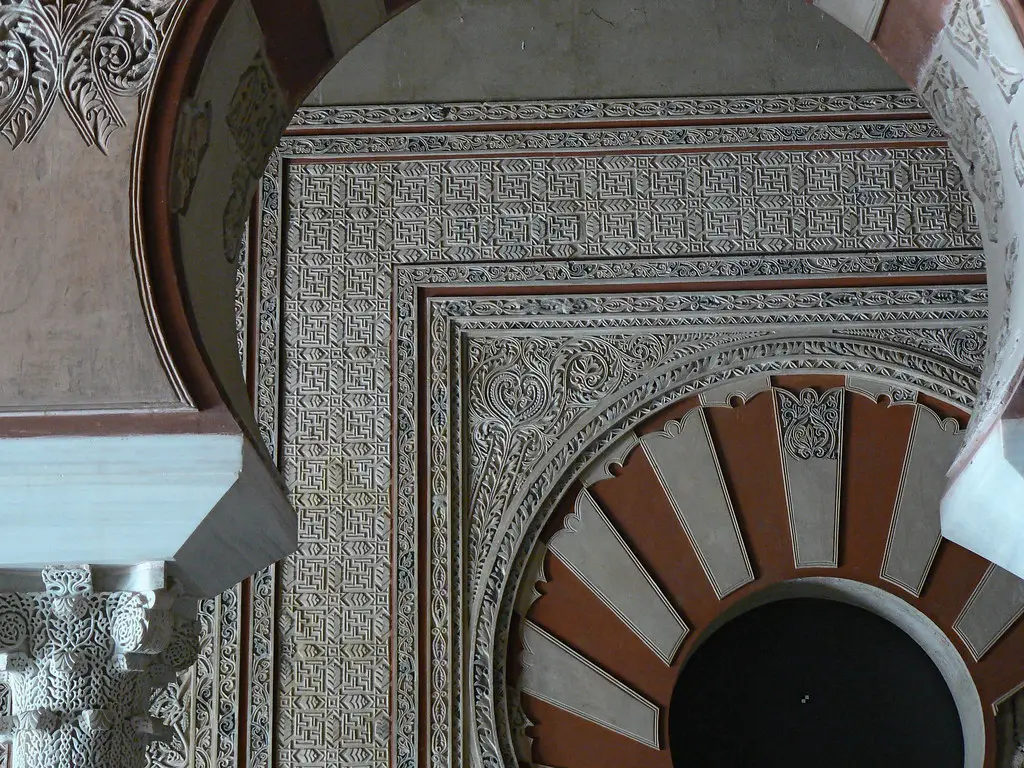
Medina Azahara refers to a ruined medieval Arab-Muslim city situated on the western outskirts of Cordoba.
What to see or do: Visitors can explore the ruins of the city’s various buildings, including the grand reception hall, residential areas, and mosque. A museum on-site offers more insight into the site’s history and significance.
Don’t miss: The palace city’s impressive architectural features, such as the intricate tile work and horseshoe arches. Additionally, the panoramic views of the surrounding Cordoba landscape are breathtaking.
Insider travel tips: Plan to visit Medina Azahara early in the morning to beat the crowds and avoid the hot midday sun. Use the guided tour services or rent an audio guide on-site for a more informative experience.
Wear comfortable shoes as exploring the vast ruins requires a lot of walking.
10. Palace of the Marquis of Viana
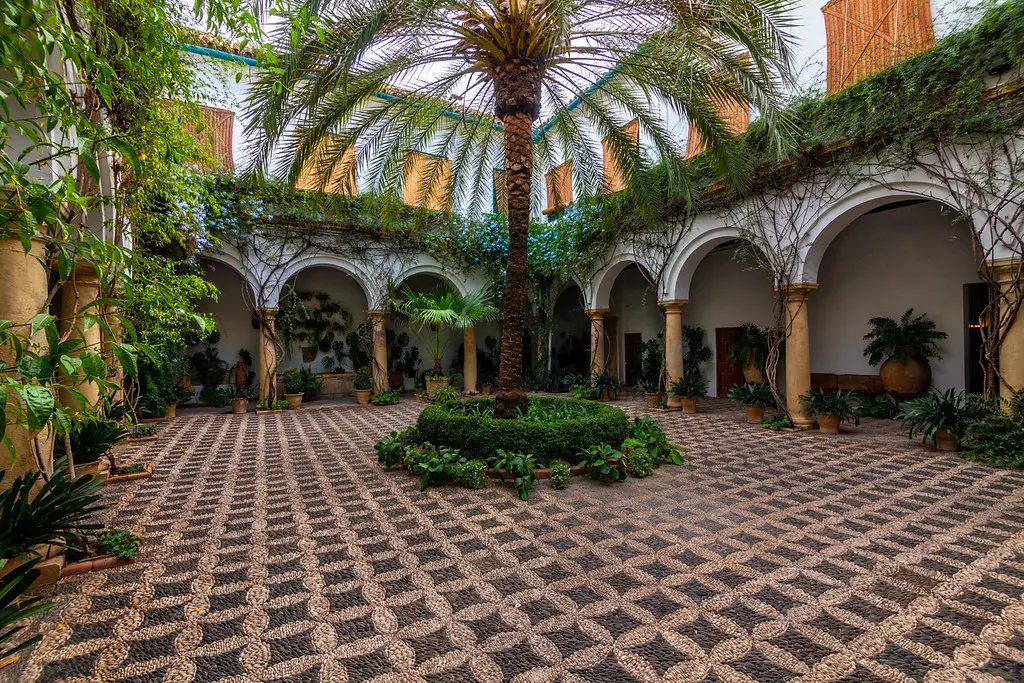
Palace of the Marquis of Viana is a beautiful Renaissance-style palace located in Cordoba, Spain.
What to see or do: Visitors can explore the 12 different courtyards and gardens, showcasing a variety of architectural styles and plant species. The palace is also home to an impressive collection of art and historical artifacts, including Roman mosaics and Arab pottery.
Don’t miss: The Courtyard of the Cats is a highlight of the palace, featuring a central fountain and several cat statues. The White Room, covered in intricate plasterwork, is also a must-see.
Insider travel tips: The palace can get crowded, so arrive early or book a tour in advance.
Don’t forget to wear comfortable shoes, as there is a lot of walking involved in exploring the different gardens and courtyards.
11. Casa Andalusí

A historic house-turned-museum that showcases the architecture and lifestyle of medieval Andalusia.
What to see or do: Explore the various rooms and courtyards, each with its unique design and features, including a traditional hammam (bath), a Moroccan-inspired courtyard, and a Christian chapel.
Don’t miss: The intricate tile work and plaster ornamentation throughout the house, as well as the beautiful gardens outside.
Insider travel tips: Visit in the early morning or late afternoon to avoid crowds and enjoy the peaceful atmosphere. Consider hiring a guide to gain a deeper understanding of the history and cultural significance of the house.
12. Patio de los Naranjos
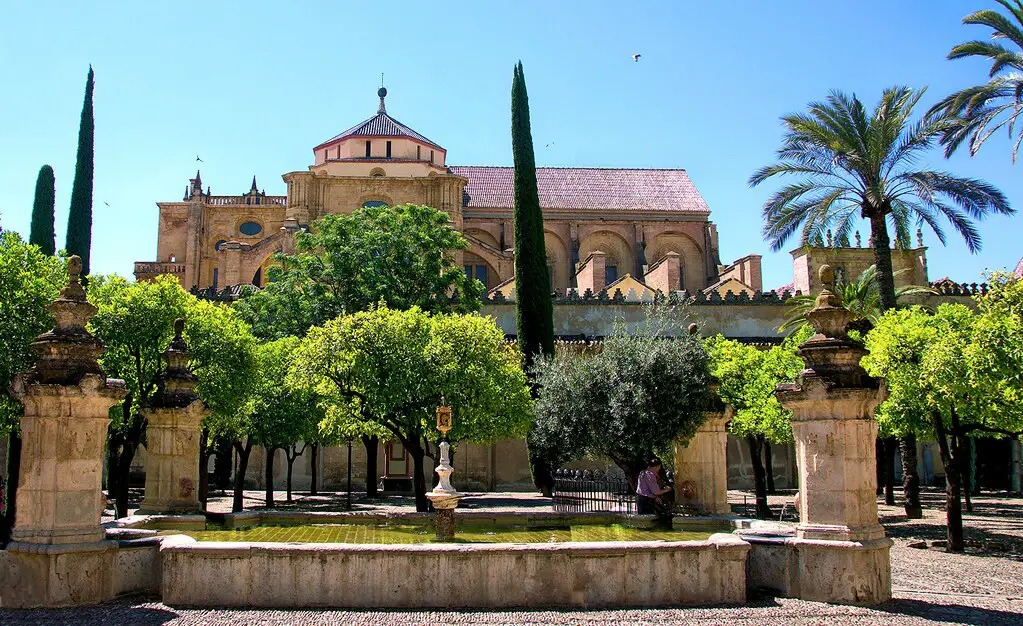
A beautiful square located in front of the Mosque-Cathedral of Cordoba in southern Spain.
What to see or do: Admire the stunning architecture of the Mosque-Cathedral and enjoy the peaceful atmosphere of the square surrounded by orange trees.
Don’t miss: The fountain in the center of the square is a popular spot for taking photos and cooling off during hot summer days.
Insider travel tips: Visit early in the morning or late in the afternoon to avoid crowds and take in the beauty of the architecture in the soft light of sunrise or sunset.
13. Plaza de la Corredera
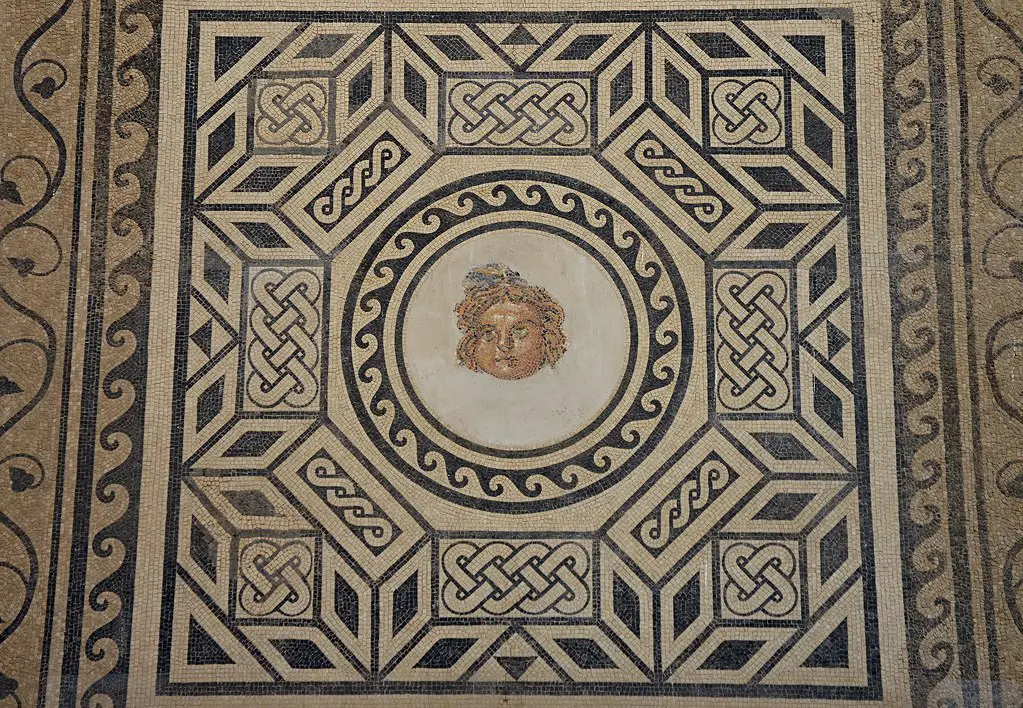
Plaza de la Corredera is a historic square located in the heart of Cordoba, Spain.
What to see or do: The square is lined with lively cafes, restaurants, and shops that offer an authentic taste of Andalusian culture. Visitors can enjoy alfresco dining, people-watching, and live music performances while taking in the vibrant surroundings.
Don’t miss: The square is also home to a colorful weekly market where locals sell an array of goods, including fresh produce, clothing, and souvenirs.
The 17th-century arcade that encloses the square provides a unique backdrop for the lively market and is a must-see for visitors.
Insider travel tips: To experience the best of the plaza, visit during the early evening when the atmosphere is buzzing with locals and tourists alike.
Be sure to bring cash to the market as some vendors may not accept credit cards.
14. Museo Julio Romero de Torres

The Museo Julio Romero de Torres is a museum dedicated to the life and work of the famous Cordoban painter, Julio Romero de Torres.
What to see or do: The museum houses a large collection of the artist’s paintings, showcasing his unique style and use of light and color. Visitors can also learn about Romero de Torres’ life and career through various exhibits and displays.
Don’t miss: Be sure to check out some of the artist’s most famous pieces, including “La Chiquita Piconera” and “Cante Hondo”. The museum also frequently hosts temporary exhibits and events, so be sure to check the schedule before you go.
Insider travel tips: If you’re interested in learning more about the history and culture of Cordoba, consider purchasing a combined ticket for the Museo Julio Romero de Torres and the nearby Museo de Bellas Artes.
The two museums are located just a few minutes’ walk from each other and offer a comprehensive look at the city’s artistic heritage.
15. Roman Temple of Cordoba

The Roman Temple of Cordoba is an ancient structure located in the heart of Cordoba, Spain.
What to see or do: Visitors can admire the impressive columns and arches that remain from the temple’s original construction during the 1st century AD. Additionally, there is a small museum on site with artifacts and information about the temple’s history.
Don’t miss: Don’t miss the opportunity to take panoramic photos of the temple and the surrounding area from the rooftop terrace of the museum.
Insider travel tips: Weekdays tend to be less crowded than weekends, so if you can visit during the week, you may have a more enjoyable experience.
Also, be sure to wear comfortable shoes as the surrounding area is hilly and may require walking up and down steps to access the temple.
💪 Support independent web, support us: